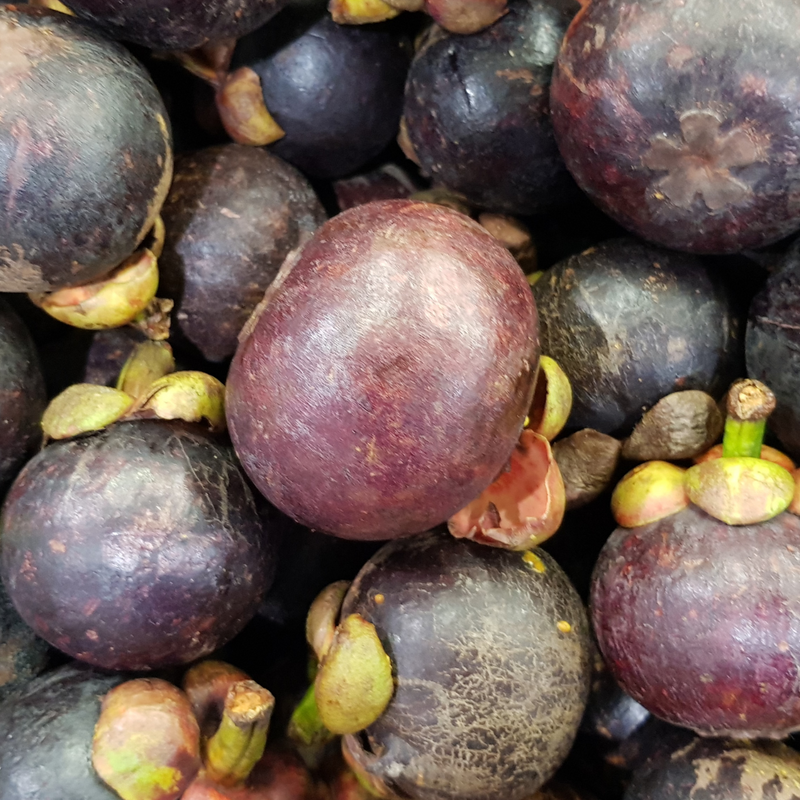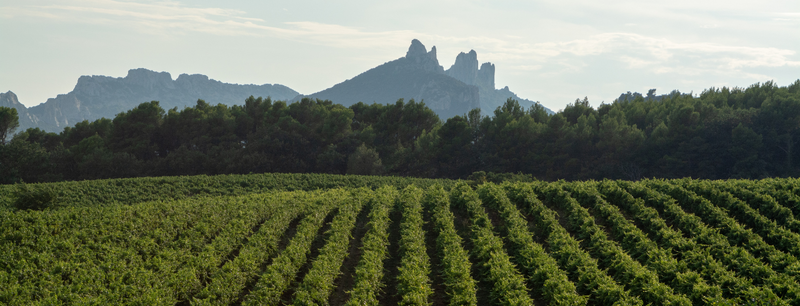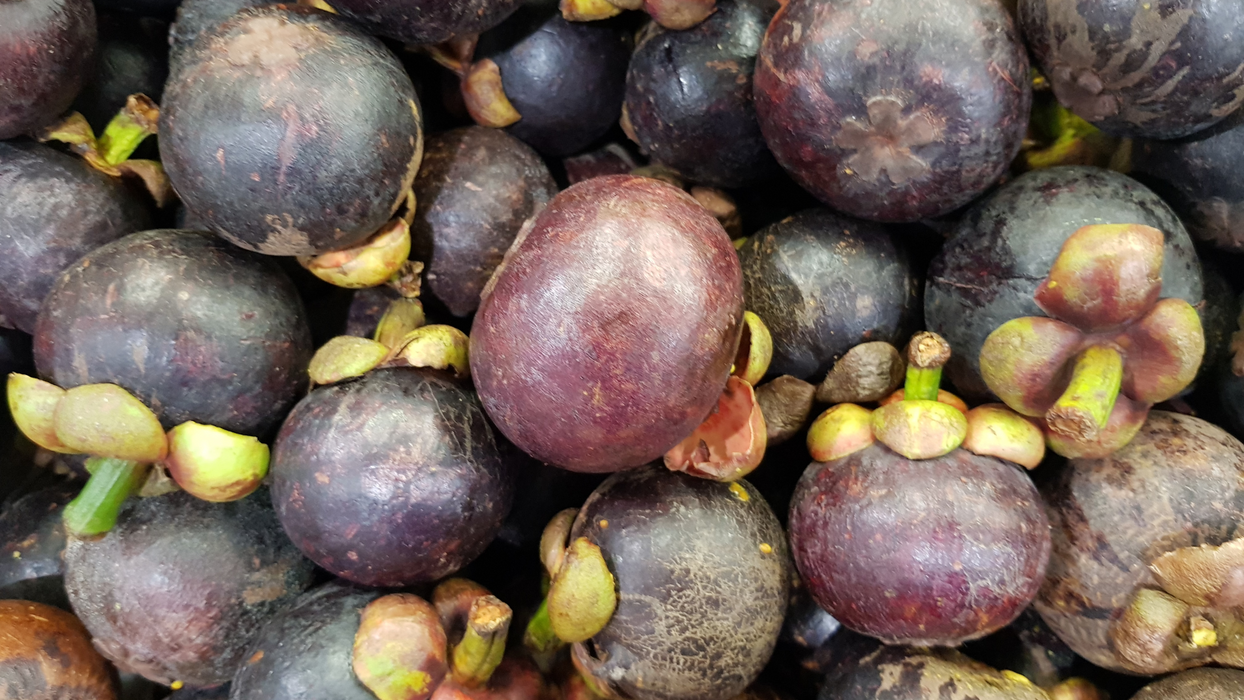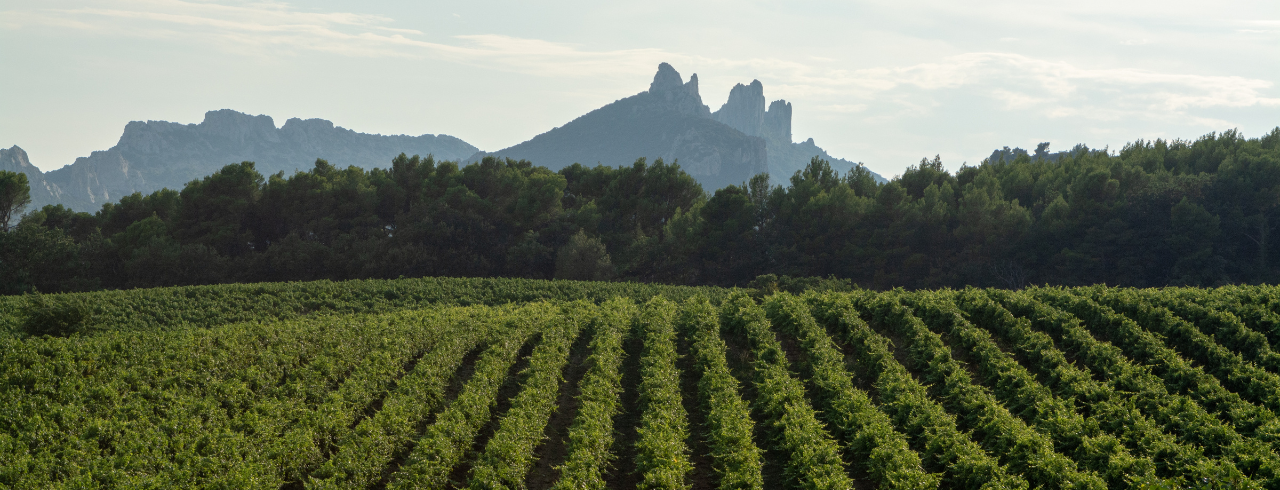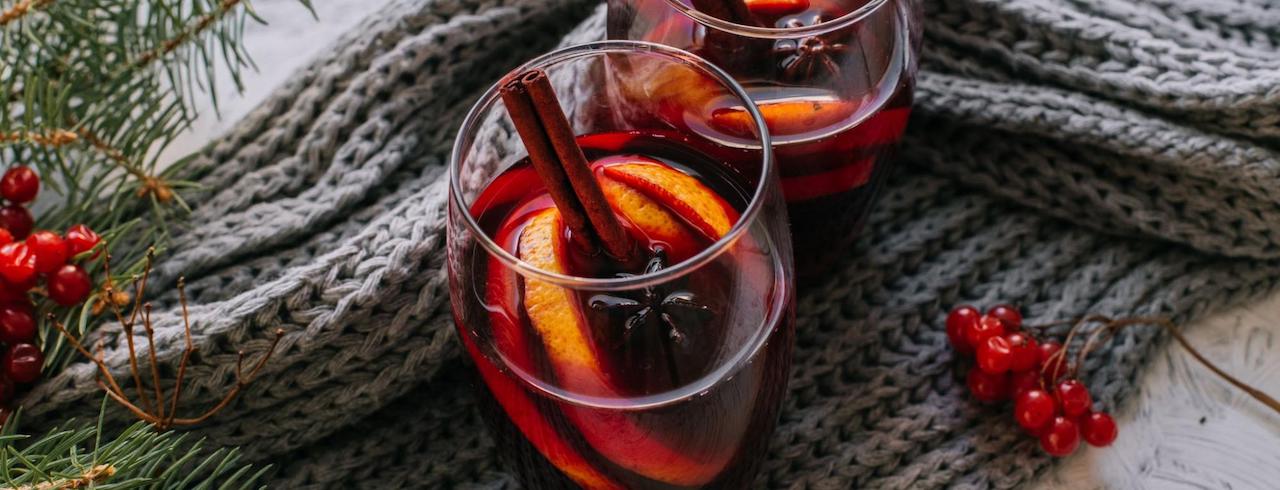
A Deep Dive into Wine Acidity
We all know what acidity tastes like. Some love the sour bite, while others avoid it at all costs.
Though we might have difficulty identifying it by name, we all know what acidity tastes like.
A fresh bite of green apple. The puckering, citrus twist in a cold sip of lemonade.
Some love the sour bite of natural acidity, while others avoid it at all costs. If you’ve ever enjoyed a fine glass of dry Champagne or silky Pinot Noir, you probably enjoy acidity more than you might think.
This wine component is one of the foundational elements determining your enjoyment of a glass of vino. It breathes life into every sip, transforming fermented grape juice into a brand-new experience.
Yet, despite its significant impact, many enthusiasts don’t consider acidity when judging a new vintage. It’s time that changed.
Let’s explore everything wine acidity has to offer and discover how you can parse it out in your next sip of a crisp white or full-bodied red.
What Is Acidity?
Acidity is wine’s natural level of tartness. In simple terms, it’s the amount of pucker and punch that a sip of wine has.
Vibrant acidity is fully on display in varietals like Riesling and Sauvignon Blanc.
Often, wine novices believe that some wines contain a great deal of acidity while others contain none at all. This isn’t quite true. All grapes contain some level of acids and so do all wines.
Even a deep and full-bodied red like Cabernet still benefits greatly from its acidity. How? Well, acidity is one of the most important linking blocks in wine.
It causes different flavor compounds to mingle together and amplifies striking contrasts while muting less desirable flavors. If you’ve ever sipped wine and felt it tasted flat and lifeless, it probably could have used some extra acidity.
Acidity hits its sweet spot in wine when it contrasts well with all other elements. If it’s too overwhelming, the wine will taste overly sour and tart, making the sipping experience challenging and unpleasant.
Wine experts often claim there are four foundational elements of wine:
- Sweetness
- Alcohol
- Tannin
- Acidity
Sweetness is easily determined by measuring the residual sugars in the bottle. Alcohol is calculated through a measure of the proportion of ethanol to total liquid volume.
But how is acidity measured? It’s called pH.
Wine pH
You may have learned about the pH system in high school chemistry, but it never hurts to have a refresher!
pH ranges from 0-14, with 7 being absolute neutral (distilled water). The closer you measure to zero, the more acidic the liquid (think lemon juice). The closer you are to 14, the more basic the liquid (think bleach).
The pH scale is similar to the Richter scale designed to measure earthquakes in that they’re both logarithmic. This means that a wine with a pH of 3 is ten times as acidic as a wine with a pH of 4 (remember, lower number = more acidic).
When it comes to the pH of wine, nearly all bottles fall on the lower half of the scale, with most falling between 2.5 and 4.5 pH.
There are many different forms of acids in wine, the most common being citric acid, malic acid, and tartaric acid.
Climate and Grape Acidity
Acidity is one of the components of wine affected by differences in geography and climate.
For instance, early-harvest (green) grapes are often bursting with incredible acidity. They haven’t had the time to fill up with sweet juice and instead have much more natural acid.
By contrast, late-harvest grapes are incredibly sweet, with high levels of sugars and very few natural acids. While these can make delicious dessert wines, most winemakers want their vinos to contain a bit of natural bite.
This is why many of the best wine-growing regions in the world contain appellations with long growing seasons yet cool nights. The grapes have plenty of time to absorb natural sugars yet also maintain their brilliant natural acids, a perfect balance for the perfect sip of wine.
Acidity in Wine Aging
Acidity is also one of the most important factors in determining a wine’s aging potential. Acidity acts as a natural preservative to maintain the wine’s essence through the years and even decades.
For instance, Sauternes is one of the best wines for aging and it’s also one of the highest in natural acidity.
There are hundreds of different ways that acidity can change the taste and dimension of a bottle of wine. Take malolactic fermentation, for example.
In this process, a wine’s natural malic acid transforms to become lactic acid. This leaves the flavor profile more buttery and less acidic, as evidenced when comparing an oaked Chardonnay to unoaked Chardonnay.

How To Taste Wine Acidity
If you’ve ever bitten into a lemon or sucked on sour candy, you probably already know how to taste for acidity.
That signature puckering motion our mouths naturally make is how our taste buds anticipate acidity.
For your next glass of wine (think an Albariño or Riesling), take a few seconds to pucker down on the wine as it sits on your palate. Press the wine between your tongue and the roof of your mouth.
Can you taste that sharp bite? That’s acidity!
It’ll be harder to parse out in a full-bodied wine as there are often many tannins and other flavor compounds disguising it. But don’t worry, the acidity’s still there.
A key fact to remember when it comes to acidity is that sugars reduce its effects.
For instance, did you know many soft drinks have the same acidity as lime or lemon juice? The only reason they’re so easy to drink is due to the high sugar counts. Sweetness cuts right through acidity, making the sipping experience more palatable.
Acidity and Food Pairing
Acidity is one of the first things that you should think about when considering any food pairing.
If your dish is more acidic than your wine, then the wine will be overwhelmed and taste flat and uninspired.
Be sure to select a vino that’s a fair amount more acidic than whatever dish is on the menu.
If you need some help, consult a wine acidity chart or select from one of these wines with the most natural acidity.
- Vouvray
- Riesling
- Sauvignon Blanc
- Champagne
- Beaujolais
- Sangiovese
- Chianti

Enjoy High Acid And Low Acid Wines
Acidity isn’t something to be afraid of. It should be embraced.
This simple, fruity wine component brings out the best in a light-bodied white or a deep and layered red. That said, there are some wine enthusiasts who have a lower tolerance for acidity due to no fault of their own.
If you have a low tolerance for acidity, we’ve got you covered.
Seek out one of the least acidic wines, like Grenache or Merlot, perfect for those who want to get their sip on but don’t want to upset their stomach.
If you need an extra boost, use our discount code for 30% off your order at checkout!
While you’re waiting for your order to arrive, read through our blog to learn more about low-acid wines and the benefits of low-sulfite wines.
